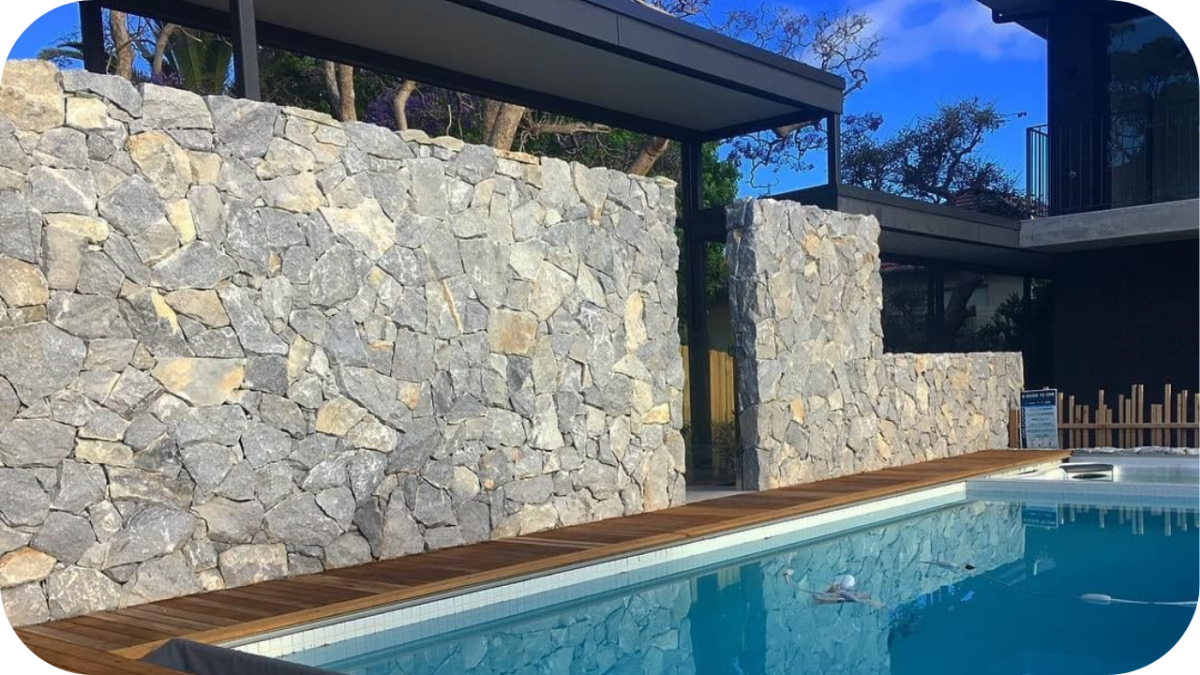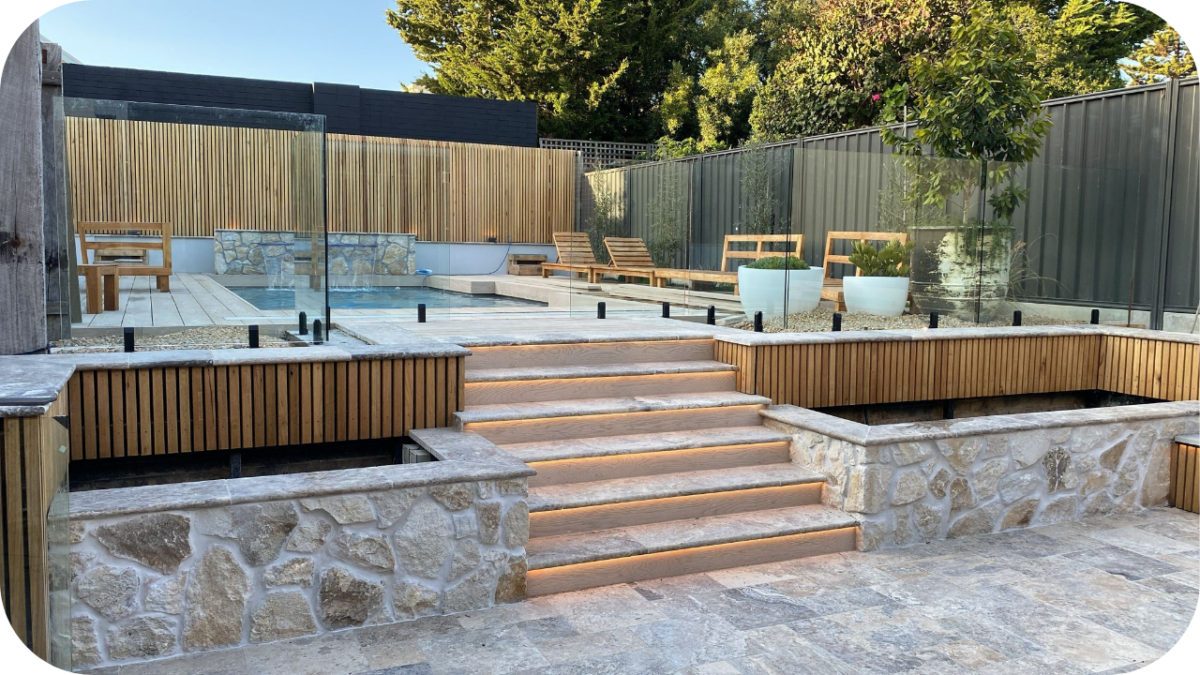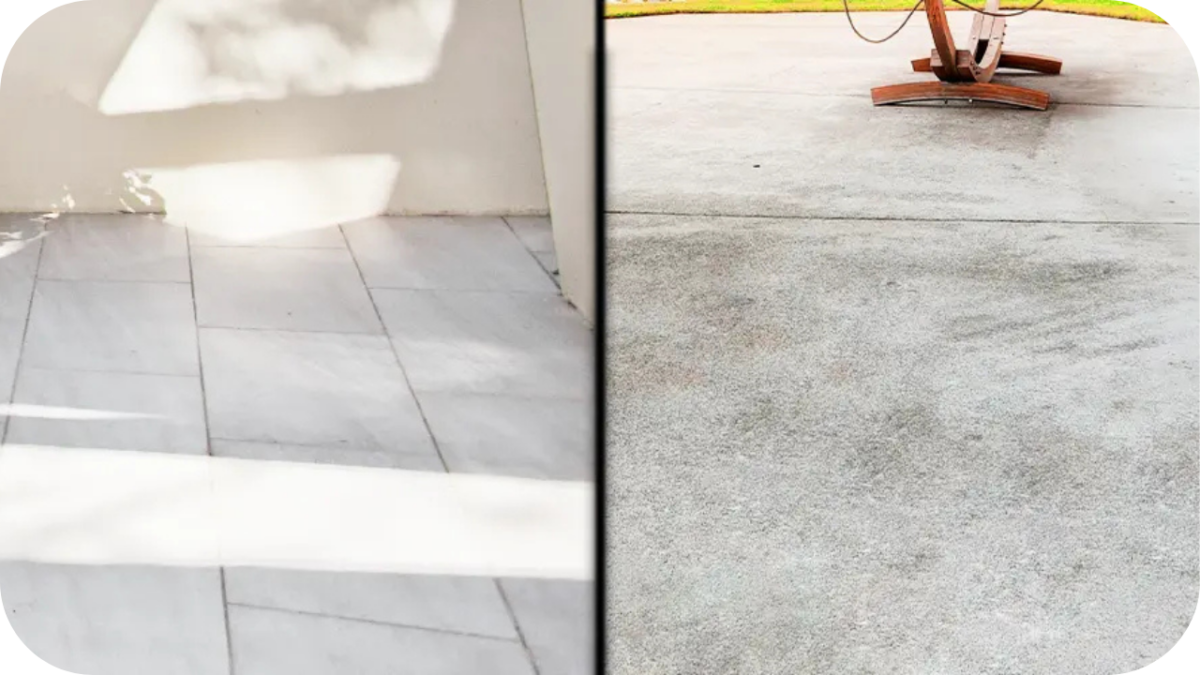Why Natural Stone Is a Low-Maintenance Beauty for Homes
Can a surface be both stunning and stress-free? That’s the question many homeowners ask when choosing materials for their floors, benchtops, or outdoor spaces.
Natural stone makes a compelling case. It’s not only visually striking, with timeless colour, character, and texture, but it also stands up to daily life with very little effort.
In a world full of finishes that need constant upkeep, natural stone quietly proves that beauty and durability can go hand in hand.
The Real Meaning of ‘Low Maintenance’ in Home Materials
Low maintenance isn’t just about avoiding hard work, it’s about saving time, reducing cost, and enjoying peace of mind. For most homeowners, this means choosing materials that don’t require frequent treatments, special products, or professional care.
Natural stone ticks all those boxes. Unlike timber, vinyl, or concrete, it doesn’t require painting, sealing every few months, or protective finishes that wear off over time. Many types of stone can last for decades with basic care, sweeping, the occasional mop, and resealing only when needed.
Natural Stone Is Already Beautiful, No Extra Finishing Required
There’s nothing artificial about the way stone looks and that’s the beauty of it. Each slab or tile comes with its own natural grain, variation, and tone, offering a depth and authenticity that man-made materials can’t match.
Better still, it doesn’t need any cosmetic enhancements. No staining, no painting, no laminates, just the raw, natural beauty of a surface formed by the earth.
Some stones, like travertine or limestone, even look better with time, developing a soft patina that adds richness and charm to any room.
Why Natural Stone Performs So Well Over Time

There’s a reason natural stone is found in centuries-old buildings and historic homes, it holds up. Its density, durability, and resistance to wear make it ideal for daily life. Whether you’re dealing with pets, heavy furniture, high heels, or muddy boots, stone handles it without flinching.
UV stability means it won’t fade under sunlight, making it ideal for outdoor areas or bright interior spaces. And unlike wood or laminate, it won’t warp or swell with humidity or temperature changes. For families or busy households, that’s one less thing to worry about.
Natural Stone Saves Time and Money in the Long Run
While natural stone may cost more upfront, its durability means you’ll spend less in the long run. You won’t be replacing damaged floors or recoating faded benchtops every few years.
There’s no need for waxes, polishes, or repainting. Just basic upkeep and it continues to look better with age.
That longevity also adds value to your home. Buyers often view natural stone as a premium feature that signals quality and timeless style.
Best Natural Stone Options for Low Maintenance
Want the beauty of stone without the upkeep? These stunning low-maintenance options make care easy while lasting for years:
Granite
Granite is one of the toughest natural stones available, making it an ideal low-maintenance option for both indoor and outdoor spaces. Its dense composition resists scratches, stains, and general wear and tear, even in high-traffic areas. With a simple sealing routine once a year, granite can retain its polished look for decades, making it a long-lasting investment.
Limestone

Limestone offers a soft, natural appearance that brings subtle elegance to any setting. While it’s more porous than granite, modern sealing solutions make it easy to maintain. With proper care, limestone resists mould and weathering, making it a smart choice for alfresco zones or light-use living areas that require a touch of understated charm.
Bluestone
Bluestone is a favourite for patios and driveways due to its rugged texture and slip resistance. Its natural durability holds up well in Australia’s variable weather, requiring minimal upkeep. A sealed bluestone surface becomes easy to clean, making it practical for areas that are frequently exposed to water or foot traffic.
Travertine
Travertine stands out for its timeless beauty and resistance to extreme heat, which makes it perfect for entertaining areas or around pools. Though it’s naturally porous, a good-quality sealer ensures the surface remains resistant to stains, mildew, and discolouration. Its pitted texture also helps mask minor dirt and dust, easing your cleaning routine.
Real-Life Applications That Prove the Point

Natural stone isn’t just beautiful, it’s built for real living. Its resilience, minimal upkeep, and timeless appeal make it an ideal choice across many parts of the home, indoors and out.
- Outdoor Paving: Few materials perform as well under open skies. Natural stone withstands constant exposure to UV rays, rain, heat, and dirt without fading, cracking, or losing its charm. Whether used for pool surrounds, pathways, or entertaining areas, it provides a durable surface that ages gracefully.
- Wall Cladding and Fireplaces: Stone brings unmatched texture, warmth, and depth to walls, both inside and outside the home. It adds architectural presence without requiring painting, plastering, or refinishing. Once installed, it holds its beauty for decades.
- Bathrooms and Laundries: With proper sealing, stone performs exceptionally in wet areas. It resists mould, repels moisture, and adds a spa-like quality to spaces that typically suffer from water exposure. Its low-porosity options ensure longevity and hygiene with very little upkeep.
- Garden Features: Blends effortlessly into natural surroundings when used in retaining walls, edging, or water features. With its resistance to weather and wear, stone landscaping elements require minimal upkeep.
- Home Facades: Natural stone facades enhance street appeal while offering unmatched durability. They do not need repainting or resealing, and they gain character as they age, making them a low-maintenance exterior solution.
Simple Maintenance Tips That Go a Long Way

Natural stone doesn’t demand much, but a little attention goes a long way in keeping it beautiful for decades. Here’s how to keep your stone surfaces performing and looking their best:
- Sweep or vacuum regularly: Loose grit and dust can act like sandpaper, slowly wearing down the surface finish. Regular sweeping prevents fine particles from scratching or dulling the natural sheen.
- Use pH-neutral cleaners: Avoid acidic or alkaline cleaning products, which can erode sealants or etch the surface. Stick to gentle, stone-specific or pH-balanced solutions to maintain the stone’s integrity.
- Reseal when needed: Every 2–3 years is ideal for high-use areas, while low-traffic zones may only need it every 5 years. A properly sealed stone resists water, stains, and daily wear with ease.
- Wipe spills promptly: Acidic or pigmented liquids like red wine, coffee, lemon juice, and oil can stain or etch porous stone. Clean up immediately to prevent permanent marks, especially on marble and limestone.
- For outdoor stone: Pressure wash occasionally or scrub with a soft-bristled brush to remove dirt, algae, or organic debris. This helps preserve its colour and texture through changing seasons.
- Avoid dragging furniture: Use felt pads or lift furniture when moving it across stone surfaces. This prevents scratches or gouges, especially on honed or polished finishes.
- Protect with rugs or mats: In high-traffic indoor areas, place natural fibre rugs or mats to minimise wear. In entryways, they also help trap dirt before it reaches the stone.
- Check grout and joints regularly: For outdoor or tiled stonework, inspect the joints annually. Repoint or refresh deteriorating grout to prevent water ingress and shifting.
Common Misconceptions About Stone Maintenance

It’s easy to assume that something as premium as stone must be high-maintenance, but that’s not always true. Let’s clear up some of the most common myths:
Myth 1: All Stone Needs Constant Sealing
In reality, how often you seal depends on the stone type and where it’s used. Dense varieties like granite can go years without resealing, particularly in low-traffic or dry areas. With the right initial treatment, maintenance can be minimal and infrequent.
Myth 2: Stone Stains Easily
Porous stone can absorb spills if left untreated, but sealing solves this. Once sealed, most stones resist stains just as effectively as engineered materials. Prompt spill cleanup and periodic resealing keep surfaces looking clean and fresh.
Myth 3: Stone Scratches and Chips Easily
Softer stones like marble do require a bit more care, but most natural stones are incredibly tough. Granite, bluestone, and other dense options are highly resistant to scratches, dents, and everyday wear, making them ideal for busy homes.
Final Thoughts
Natural stone proves that elegance doesn’t have to come with extra effort. From indoor floors to outdoor patios, it brings authentic style and robust performance with surprisingly little upkeep.
For homeowners looking to invest in materials that endure, both in looks and lifespan, it’s hard to go past this naturally low-maintenance beauty.
Ready to see how natural stone can simplify your life while elevating your space? Browse Splendour in Stone’s curated collections for interiors and exteriors built to last.













